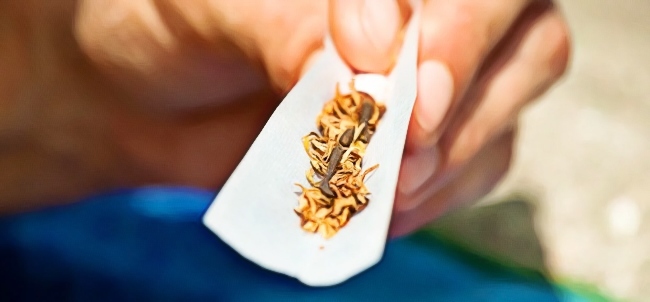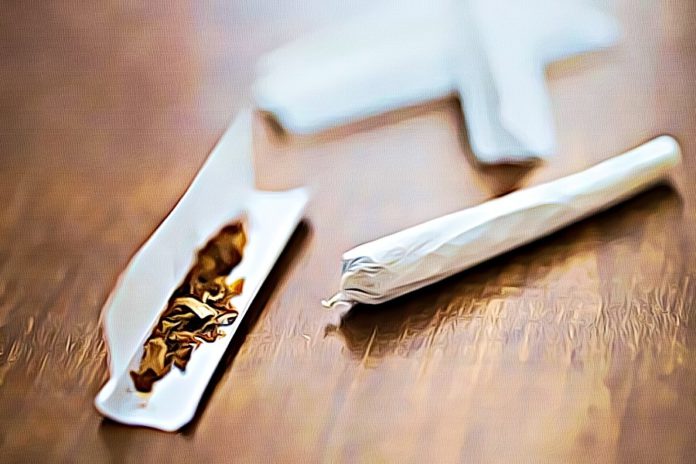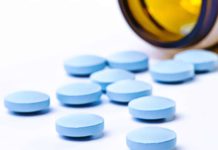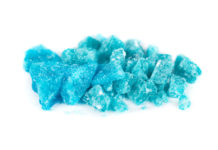Drug abusers do some dangerous and bizarre things. You may have heard about or even seen news reports about how people smoke fluid used for embalming corpses. This is a really strange thing for people to do — so strange, in fact, that it drew national attention. Drugs impact the brain and can make users impaired, which means they can make bad decisions. Unfortunately, drug use is not uncommon nowadays, and everyone can become an addict. To best protect yourself, it’s crucial that you are informed about these drugs and the dangers associated with them. If this is something that you’re interested in learning more about, read on as we break down everything you need to know about sherm drugs.
What Are Sherm Drugs?
Phencyclidine (PCP), also known as angel dust, is a mind-altering drug that affects both the mind and the body. It is typically smoked, snorted, injected, or swallowed. As a recreational drug, PCP distorts sight and sound and produces feelings of detachment.
Marijuana dipped in embalming fluid or PCP is called sherm. The main chemicals in embalming fluid include Glutaraldehyde, Methanol, and Formaldehyde. There are some other chemicals in embalming fluid, as well. The substances help preserve a dead body prior to burial. Dipping marijuana or tobacco into embalming fluid or PCP makes users feel high for a short period of time. With that being said, all these chemicals are dangerous to people who smoke or inhale them.
One common misconception that people have about shrem drugs has to do with angel dust and embalming fluid. Angel dust is not the same as embalming fluid. Individuals looking for a cheap high have turned to PCP because it is easy to manufacture, and the other chemicals it takes to make it are easy to buy. Crank, speed, and dust are all names that people have given to PCP, and their use is growing in a manner similar to the growth of crack cocaine use.
PCP is usually made in makeshift labs by two methods, one starting with a powder and one starting with a liquid. First, PCP in powder form is made by adding hydrochloric acid to form phencyclidine hydrochloride. This chemical powder is white and can be compressed into tablets. Second, PCP in liquid form is made by bubbling HCL gas through an embalming fluid. This produces a liquid with phencyclidine dissolved within. It contains impurities if it is not made carefully. The color of the drug can vary from tan to brown. The consistency also ranges from powder form to a gooey substance.
So will Sherm get you high? While embalming fluid isn’t a drug, it can be used to carry PCP. PCP is highly potent and can cause harm to anyone who uses it. People dip marijuana and cigarettes in the PCP-laced embalming fluid to make the drugs more potent. The product of this process is called wet drugs.
What Are the Side Effects of Sherm Drugs?
When someone smokes embalming fluid through the method of sherm sticks, they get high. It is a high similar to the one they would get when using PCP. Some people dip sherm sticks directly into PCP as well. There are several names for sherm, including superweed, water, dip, or fry. Sometimes, even life-threatening effects can occur. People who use sherm only once have experienced severe adverse effects. Some side effects of shrem include:
- Adrenaline rush
- Euphoria
- Detachment from reality
- Hallucinations
- Delusions such as feeling bulletproof
- Not feeling pain
- Aggressive or violent behaviors
- Memory loss or blackouts
- Lack of coordination
- Respiratory distress
- Paranoia
- Accidental self-injury

What Are the Dangers of Using Sherm Drugs?
There are still dangers associated with using wet drugs. The chemicals used to make PCP are different each time, so it can be difficult to predict what could happen every time someone uses sherm sticks. For example, you may have seen news articles about someone who was taking PCP and then died. The PCP alone was dangerous, and the embalming fluid doubles the threat that shrem poses. Some risks of dipping PCP into the fluid include:
- Self-mutilation
- Cancer
- Brain damage
- Lung damage
- Seizures
- Coma
Some of the most horrific crimes have been committed while someone is under the influence of wet drugs. PCP users often report that they lose time while going on rampages, but they don’t remember committing the crimes because they have memory gaps. The risks are even greater when embalming fluid replaces PCP. There aren’t many reasons for users to choose embalming fluid over PCP, except that it’s legal and is more easily accessible than PCP. The high of embalming fluid is similar to that of PCP, but embalming fluid is more toxic. The risks of using embalming fluid include:
- Seizures
- Lung damage
- Brain damage
- Cancer
- Destruction of body tissue
- Immediate coma
- Death
How Do You Overcome Drug Addiction?
Do you or someone you know have an addiction to shrem or wet drugs? If so, and you are ready to turn things around, treatment is essential. Like many other drugs, a person needs medically supervised detoxification and rehabilitation if they abuse shrem. The withdrawal symptoms from shrem might not be life-threatening; however, they can be severe in some cases.
PCP is highly addictive, and it can be hard to quit. In fact, withdrawal symptoms can appear months after using the drug and even depending on the amount taken. When the drug is used, individuals will typically experience craving, compulsive drug-seeking behavior, and psychological dependence. Over time, they might also develop a tolerance to PCP which puts them in even more danger. When the use of PCP ceases, individuals will typically experience withdrawal symptoms. Short-term symptoms of PCP withdrawal can be experienced within 8 hours of abstinence and include:
- Fear
- Agitation
- Anxiety
- Irritability
- Restlessness
- Sweating
- Headache
- Muscle twitching and tremors
- Muscle breakdown
- Hallucinations
- Seizures
- Hyperactive eye movements
- Diarrhea
- Elevated body temperature
- Acidosis
The effects of withdrawal from PCP can last several months to a year after the initial detoxification. Long-term withdrawal symptoms vary by how often and how much PCP was used. Long-term withdrawal symptoms include:
- Depression
- Suicidal thoughts
- Memory loss
- Weight loss
- Speech impairment
- Impaired cognitive function
- Sleep disturbances
- Mood disorders
It’s important to note that people who try quitting on their own have a higher chance of relapsing. If you are abusing wet drugs or sherm, you should seek professional help. The very best programs for this will give you 24/7 care under a therapist’s supervision. Intense supervision can help reduce the risk of another relapse.
Conclusion
We hope this article proves to be useful when it comes to helping you gain a better understanding of sherm drugs. The last thing you want is to underestimate shrem drugs as they pose a serious danger to your life. If you’re currently struggling with drug addiction, be sure to keep what you learned here in mind so that you can make the best decisions that will positively impact your overall health.
Sources:
https://www.ncbi.nlm.nih.gov/pmc/articles/PMC3568288/
















